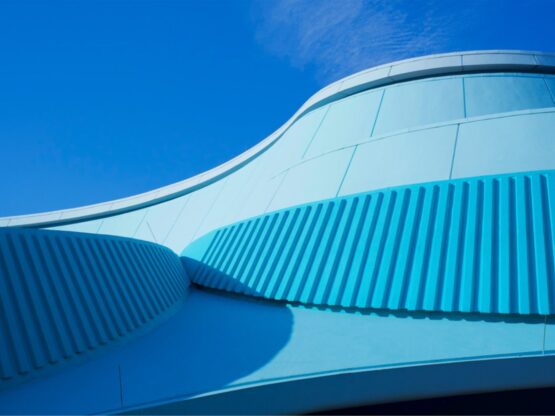As featured on the B1M
We have a pressing need for upgraded electrical infrastructure to support our green energy transition. Generation is moving from centralised power stations to decentralised renewables and backup. On the demand side, we’re electrifying everything: manufacturing, home-heating, transport.
Viking Link is a 1.4 Gigawatt, 765 km subsea HVDC (High Voltage Direct Current) interconnector in Lincolnshire that connects the UK to Denmark. Its HVDC converter equipment converts electricity to and from AC and DC - for import and export.


New grid-scale facilities such as this are vital to the energy revolution, but they aren’t small – the civil engineering has a large carbon footprint.
All the clever equipment is housed in environmentally controlled buildings with process cooling and an AC yard. The wider site includes an access road over reclaimed fenland, a bridge, and an AC underground cable connecting the facility to the National Grid.
So, how do we build such facilities in the most sensitive and least wasteful way? The answer is LCA, or Lifecycle Carbon Assessment.
ICE-BERG undertook LCA as part of the BREEAM Infrastructure (CEEQUAL) assessment to the requirements of PAS 2080. This resulted in timely actions to reduce carbon emissions, benchmarking, and useful target setting for future projects. Alternative solutions were investigated along the way in partnership with other value-chain members.
